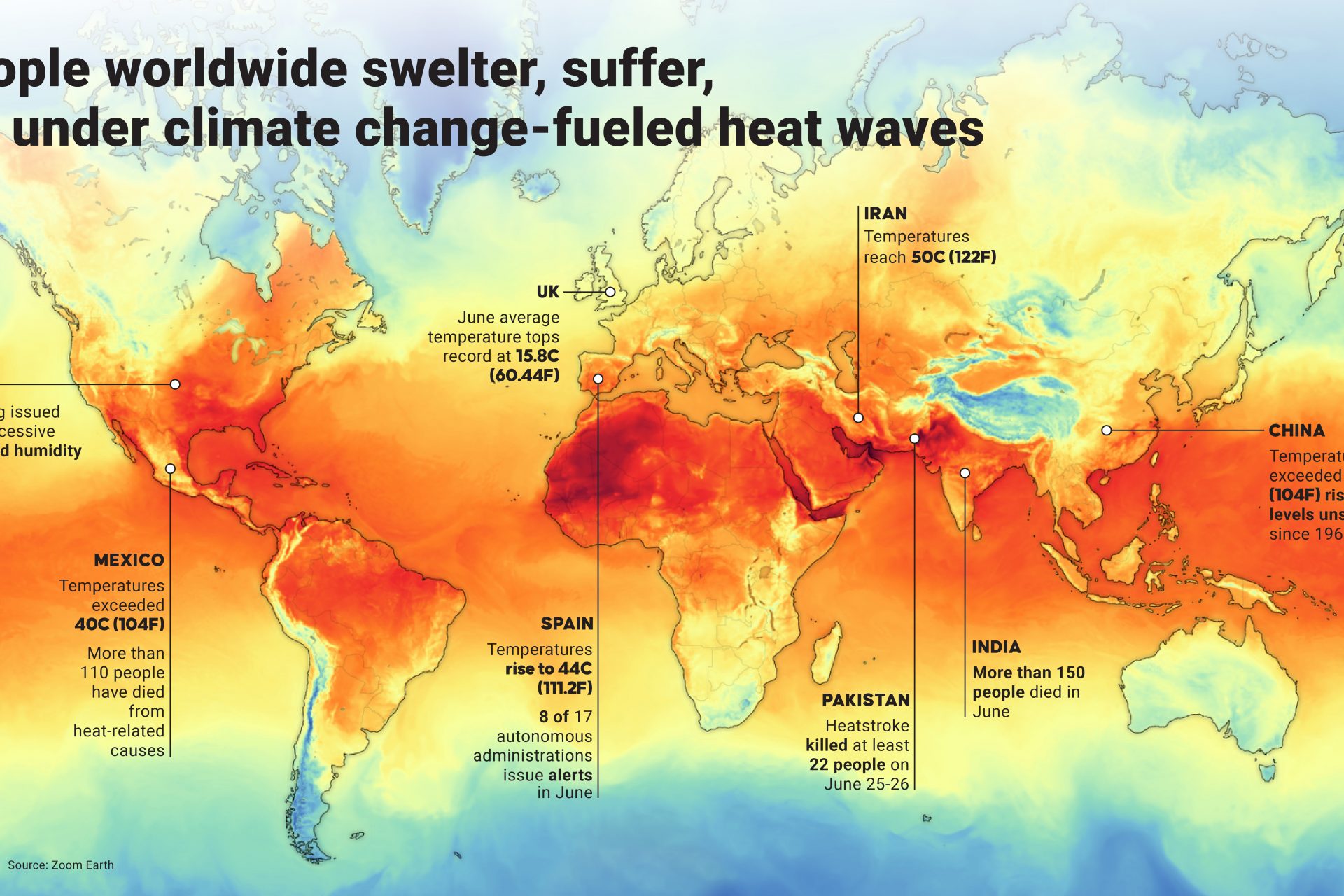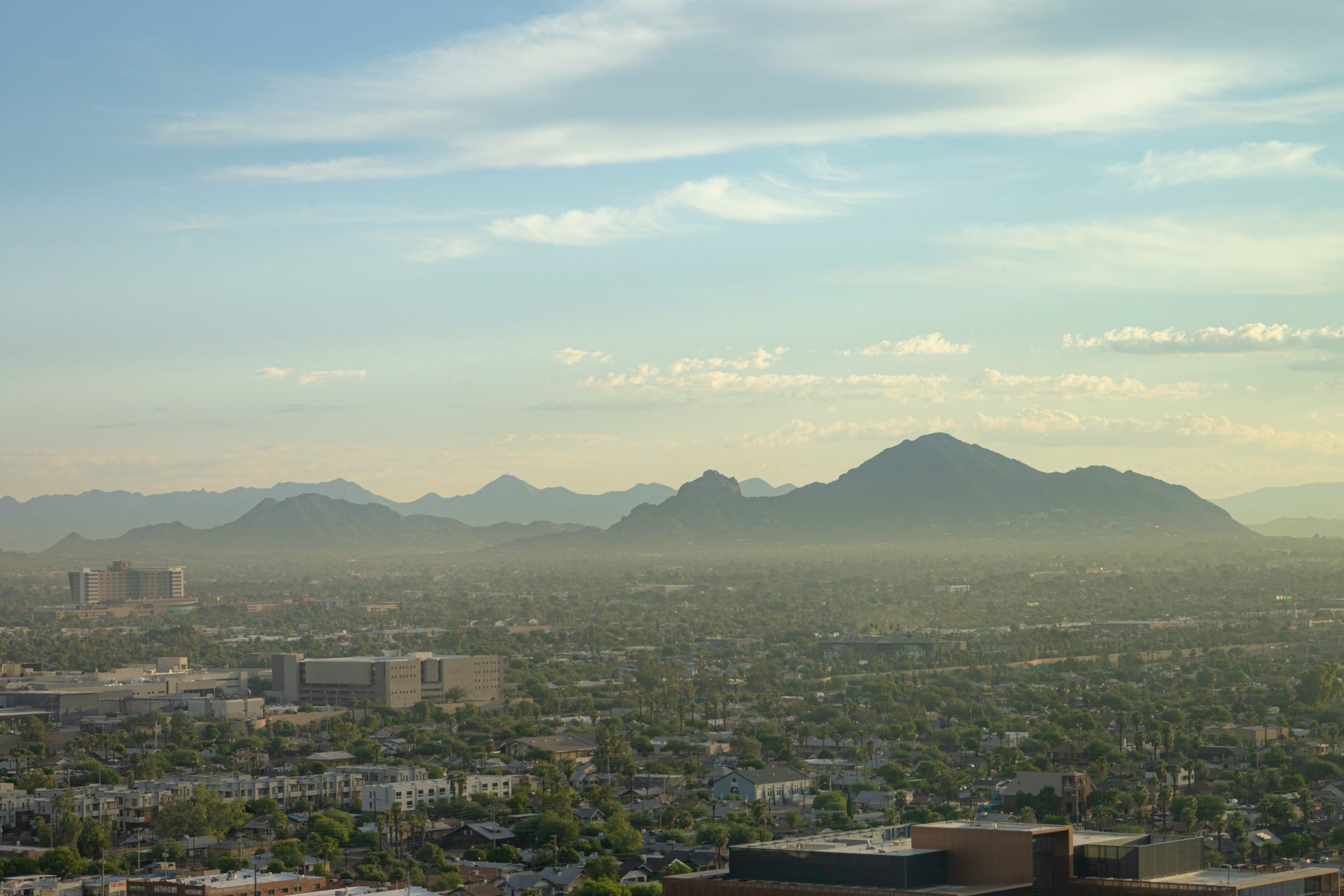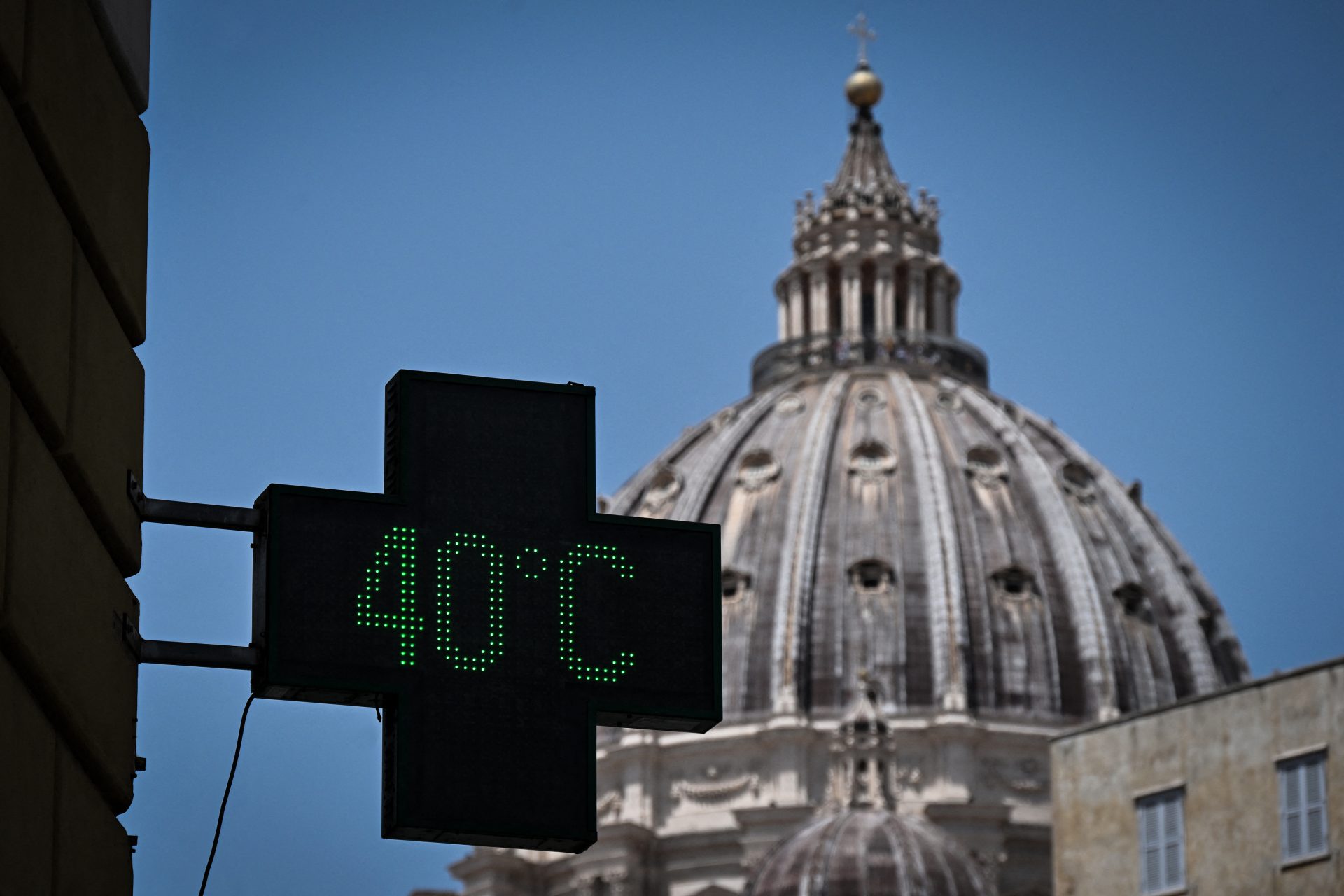2023 is officially the hottest year ever recorded
It's official: 2023 will be the hottest year ever recorded. The European Union's Copernicus Climate Change Service announced the milestone after analyzing data that showed the world saw its warmest-ever November, Reuters reported.
The record comes as governments negotiate on whether to, for the first time, phase out the use of CO2-emitting coal, oil and gas, the main source of warming emissions, at the COP28 summit in Dubai.
November 2023 was the hottest-ever November, Copernicus scientists said. In the southern hemisphere, red alerts were issued for almost 3,000 towns and cities across Brazil, which experienced an “unprecedented heatwave”, according to the BBC.
But the Northern hemisphere also saw unprecedented heatwaves in their summer. Tens of millions of people dealt with dangerously high temperatures as record heat forecasts hung over parts of the United States, Europe and Asia.
On July 13, the southern Iranian city of Ahvaz hit a staggering 129.2 degrees Fahrenheit (54ºC), according to local meteorological services, and the “real feel” index reached 142 degrees F (61ºC) because of humidity.
Image: MohammadHosein Mohebbi/Unsplash
Such a temperature can kill a human being. According to the Centers for Disease Control and Prevention (CDC), when people reach a body temperature of above 104°F (41°C), they can easily suffer from a heat stroke that can lead to death.
“We are peering into an abyss. The Earth had never suffered this extreme weather with such incidence and in such a prolonged way”, scientists said then.
The heat in the Northern Hemisphere in July and August was scorching. It was suffered by the United States, Italy and Greece, all of which recorded deaths and devastating fires this year.
Some governments had to adapt climate shelters for people lacking the means to cool their homes, such as the city of Phoenix (Arizona) which opened heat shelters like the one in the photo.
Phoenix (Arizona) experienced extreme temperatures as of July 19, that went above 110ºF (43ºC), on average, for 19 consecutive days and the Death Valley (in California) hit 128ºF (53º).
Image: James A. Molnar
Italy also experienced a heatwave across the country over the summer that led to a sharp rise in people seeking emergency care for heat-related illnesses, The Guardian reported.
The bigger problem is that there are already irreversible variations, according to a report by the UN scientific panel on Climate Change. This suffocating heat is a reality we will have to live with from now on, they said.
The question is whether anything can be done to alleviate this terrifying heat or at least our exposure to it.
Many experts have suggested we make changes to our habits, however, it’s also up to authorities around the world to adapt cities to the heat to avoid worse effects such as the "heat island" effect.
Image: Henning Witzel/Unsplash
Heat islands are urbanized areas that experience higher temperatures than outlying areas. Buildings, roads, and other infrastructure absorb and re-emit the sun’s heat more than natural landscapes such as forests and water bodies.
Image: Meiying Ng/Unsplash
This is why new urbanism that takes climate change into account calls for much more vegetation in cities (in the form of vertical gardens, on roofs, etc.)
Summers are, no doubt, turning unbearable, but high temperatures are not the only concern experts have about global warming. Rising sea levels are also a threatening problem in many islands and coastal cities all over the world.
Image: Dibakar Roy/Unsplash
The UN has already warned of large migrations caused by climate change. There are territories where life will become impossible, especially because of rising sea levels, that can lead to millions of people looking for a new home.
We have to lower emissions, Copernicus scientists urged. "As long as greenhouse gas concentrations keep rising, we can't expect different outcomes from those seen this year,” climate researcher Carlo Buontempo said in a statement according to Reuters.
Image: Jo Ocampo/Unsplash
“The temperature will keep rising and so will the impacts of heatwaves and droughts. Reaching net zero (emissions) as soon as possible is an effective way to manage our climate risks," Buontempo added.
More for you
Top Stories

































